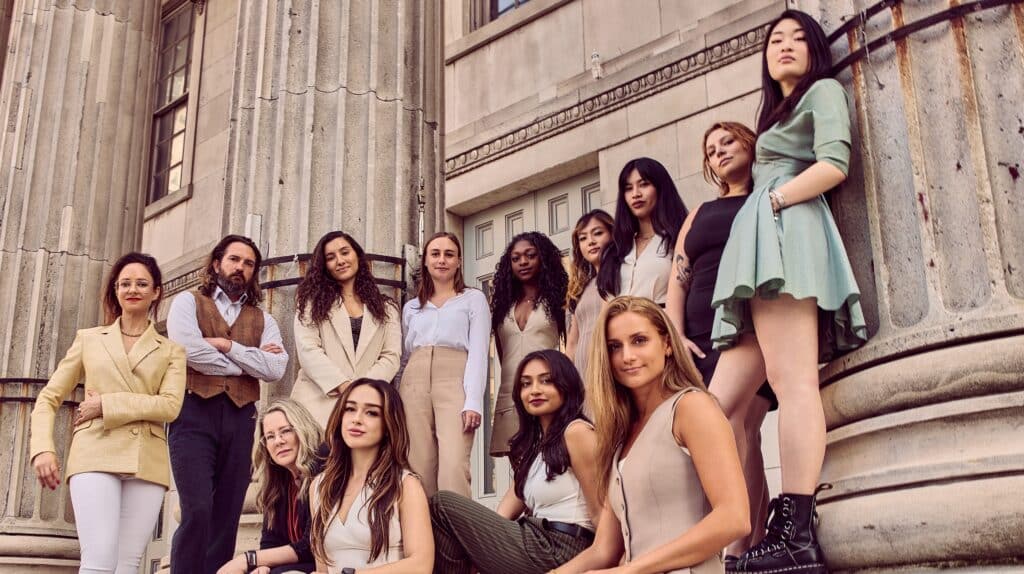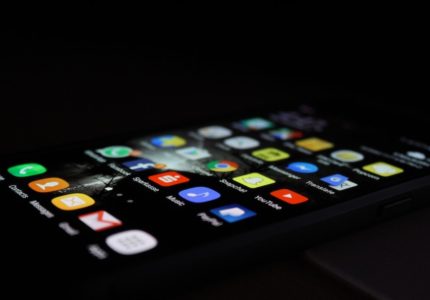Just as I was beginning to fear a drought in California Governor Jerry Brown’s inkwell, he finally put pen to paper and signed the law expanding CA’s criminal revenge porn law to include selfies. This was a smart and logical modification of CA’s previously faulty law given that the majority of images that become revenge porn start out as self-taken images.
Bigger news, though, is California’s creation of a civil right of action for the distribution of sexually explicit materials which was signed into law on September 30, 2014. Section 1708.85 of the Civil Code. Invasion of Privacy: distribution of sexually explicit materials. This makes California the only state with a private cause of action in civil court for revenge porn. No doubt, the new civil law has some cool features: plaintiffs get to use a pseudonym, redacted public records, attorney fees and costs to the prevailing plaintiff, temporary and permanent injunctive relief. I also like that it covers images of people performing oral sex (Many revenge porn and sex surveillance laws require nudity of the victim and observable genitals, though images of a victim engaging in oral sex can be just damaging if not more so).
The problem with the civil law, which greased through the legislature without media fanfare, is exception six which exempts situations when the “distributed material was previously distributed by another person.” At best, exception six removes downstream liability. So, no liability if you, say, forwarded or re-posted revenge porn already on the web or that somebody sent to you. This interpretation already zaps the potency of the law. It removes any disincentive for redistributing and re-posting revenge porn. However, the law becomes not just impotent, but dangerous to victims, when we consider selfies. Consider this: Plaintiff sends nude and sexual selfies to Defendant. Defendant posts them on revenge porn sites, sends them to Plaintiff’s family and employer and colleagues. Plaintiff sues Defendant and Defendant claims he was merely distributing material that was “previously distributed by another person” (i.e. Plaintiff).
You’ll note that in the bill’s earlier drafts, there was no exception six. Where did exception six come from????
Exception six needs to be removed. Or at the very least, it needs to include language that exempts selfies from the exemption. Until that happens, I’d just stick with California’s public disclosure of private facts tort.



